Your cart is currently empty!
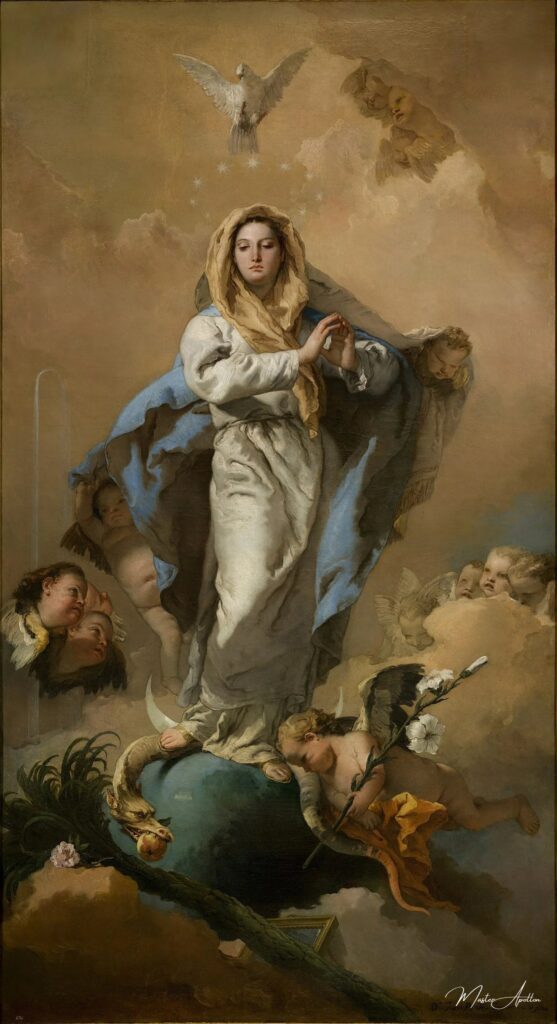
The Immaculate Conception – Giambattista Tiepolo
“The Immaculate Conception” by Giambattista Tiepolo is not just a painting; it is a stunning masterpiece that transcends time and space. Crafted with the utmost care and attention to detail, this oil painting reproduction captures the essence of the original artwork, allowing you to experience the artist’s skill and vision in your own home.
Every brushstroke and color in this reproduction ha…
Tiepolo’s The Immaculate Conception and the Iconography of Purity
Giovanni Battista Tiepolo’s The Immaculate Conception, painted between 1767 and 1768, stands as a significant work in the realm of Baroque art and religious iconography. Commissioned by King Charles III of Spain for the Church of Saint Pascual in Aranjuez, this altarpiece is now housed in the prestigious Prado Museum in Madrid. In this article, we will explore the rich iconography of Tiepolo’s masterpiece, the historical context surrounding the doctrine of the Immaculate Conception, and the artistic innovations that characterize this iconic painting.
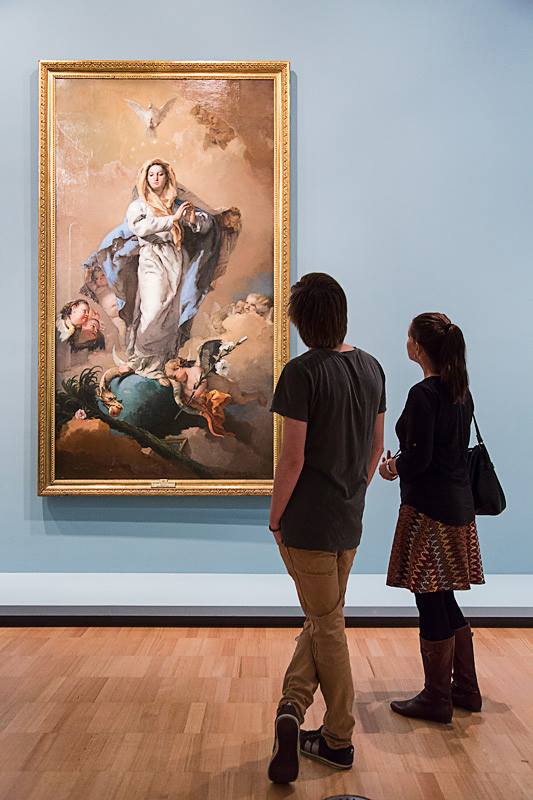
Commission and Location
In 1767, King Charles III of Spain commissioned Tiepolo to create a series of seven altarpieces for the Church of Saint Pascual. This endeavor was part of the broader effort to enhance the religious and cultural significance of the church, located in the royal estate of Aranjuez. Among these altarpieces, The Immaculate Conception was particularly important, as it encapsulated the theological concept central to Catholic doctrine: that the Virgin Mary was conceived without original sin. This painting, characterized by Tiepolo’s dramatic use of color and light, reflects the heightened emotional and spiritual experience that Baroque art sought to evoke.
Immaculate Conception Doctrine
At the heart of Tiepolo’s painting is the Catholic doctrine of the Immaculate Conception, which posits that Mary was conceived free from original sin. This belief was deeply rooted in Catholic tradition and theological discourse, though it wasn’t officially declared dogma until 1854 by Pope Pius IX. The notion of Mary’s purity and her role as the Mother of God has been a prevalent theme in Christian art, serving as a symbol of hope and salvation. Tiepolo’s rendition reflects this deep reverence, presenting Mary not merely as a historical figure but as an embodiment of divine grace.
Baroque Style
The Immaculate Conception is painted in the Baroque style, known for its dramatic compositions, emotional intensity, and rich color palettes. Tiepolo employs light and shadow to create a sense of movement and divine presence, drawing the viewer into the scene. The upward motion of figures and the radiant colors serve to inspire awe and piety, consistent with the broader aims of Baroque art. The painting invites the observer to engage with the spiritual and theological implications of the Immaculate Conception, enhancing the viewer’s emotional experience of the sacred.
Traditional Iconography
Tiepolo’s work is replete with traditional symbols associated with the Virgin Mary and the doctrine of the Immaculate Conception. Understanding these symbols enriches our interpretation of the painting:
- Dove: The dove represents the Holy Spirit, symbolizing divine inspiration and purity.
- Stars: The starry crown above Mary signifies her crowning as Queen of Heaven, embodying her exalted status in the celestial hierarchy.
- Crescent Moon: An ancient symbol of chastity, the crescent moon also references the “woman clothed with the sun” from Revelation 12:1-2, emphasizing Mary’s purity and divine mission.
- Serpent: The serpent represents the Devil and Original Sin, which Mary, through her Immaculate Conception, triumphs over. This triumph reflects the theological belief that Mary is a crucial figure in the salvation narrative.
- Lilies and Roses: These flowers are traditional symbols of purity, love, and virginity, reinforcing the theme of Mary’s incorruptibility.
- Obelisk: The obelisk symbolizes Mary’s impregnability and virginity, serving as a reminder of her unique role in the divine plan of salvation.
These symbols collectively communicate the profound significance of the Virgin Mary within the context of Catholic theology and devotion.
Notable Quotes
The painting has been described in various ways, reflecting its profound theological and artistic significance. Notable quotes include:
- “The depiction of the Virgin Mary is done according to traditional Christian iconography, and represents her Immaculate Conception, free from original sin.”
- “The globe symbolizing the whole world, the crescent moon and the starry crown above her head are traditional symbols of the ‘woman clothed with the sun’ (Virgo in Sole) described in Revelation 12:1-2.”
- “The painting was commissioned in 1767, at a time when the Immaculate Conception was already a common theme in ecclesiastical art.”
- “In the present version, the depiction of Mary is rather more majestic and solemn in keeping with the Alcantarine tradition of austerity.”
These observations underscore the painting’s dual role as both a work of art and a theological statement, encapsulating the essence of Marian devotion during the Baroque period.
Comparison with Tiepolo’s Earlier Work
Tiepolo’s The Immaculate Conception of 1767-68 differs notably from an earlier version he painted in 1734. The earlier painting features a more youthful and beautiful depiction of Mary, reflecting the influence of artists such as Guido Reni and Bartolomé Esteban Murillo, known for their softer and more romantic portrayals of the Virgin. In contrast, the Prado version presents Mary as more majestic and solemn, aligning with the Franciscan Alcantarine order’s emphasis on austerity. This shift highlights Tiepolo’s evolving artistic approach and the changing theological landscape of the time.
Conclusion
Giovanni Battista Tiepolo’s The Immaculate Conception is a powerful artistic testament to the enduring significance of the Virgin Mary within Catholic tradition. Through its compelling combination of Baroque grandeur and detailed iconography, the painting serves as a rich visual representation of a complex theological concept that continues to resonate with believers today. The interplay of symbols, the dramatic composition, and the historical context of the Immaculate Conception doctrine make this work a significant contribution to the understanding of religious art and its role in shaping spiritual devotion. Tiepolo’s masterful execution invites viewers to reflect on the purity, grace, and sanctity of Mary, reinforcing her pivotal place in the narrative of salvation and the Catholic faith.
Giambattista Tiepolo
Giambattista Tiepolo was an Italian Rococo painter renowned for his grand, imaginative compositions and masterful use of light and color, often depicting religious and mythological themes with a sense of dramatic exuberance and elegance.
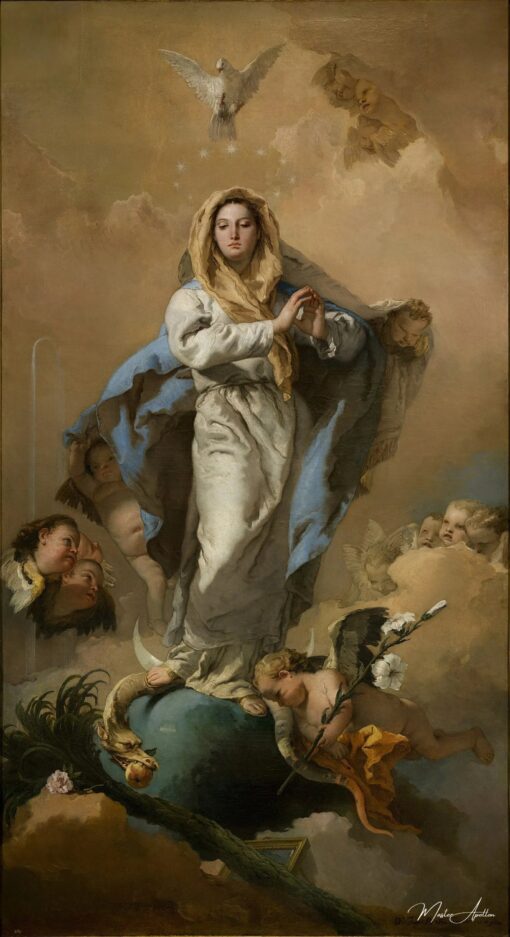
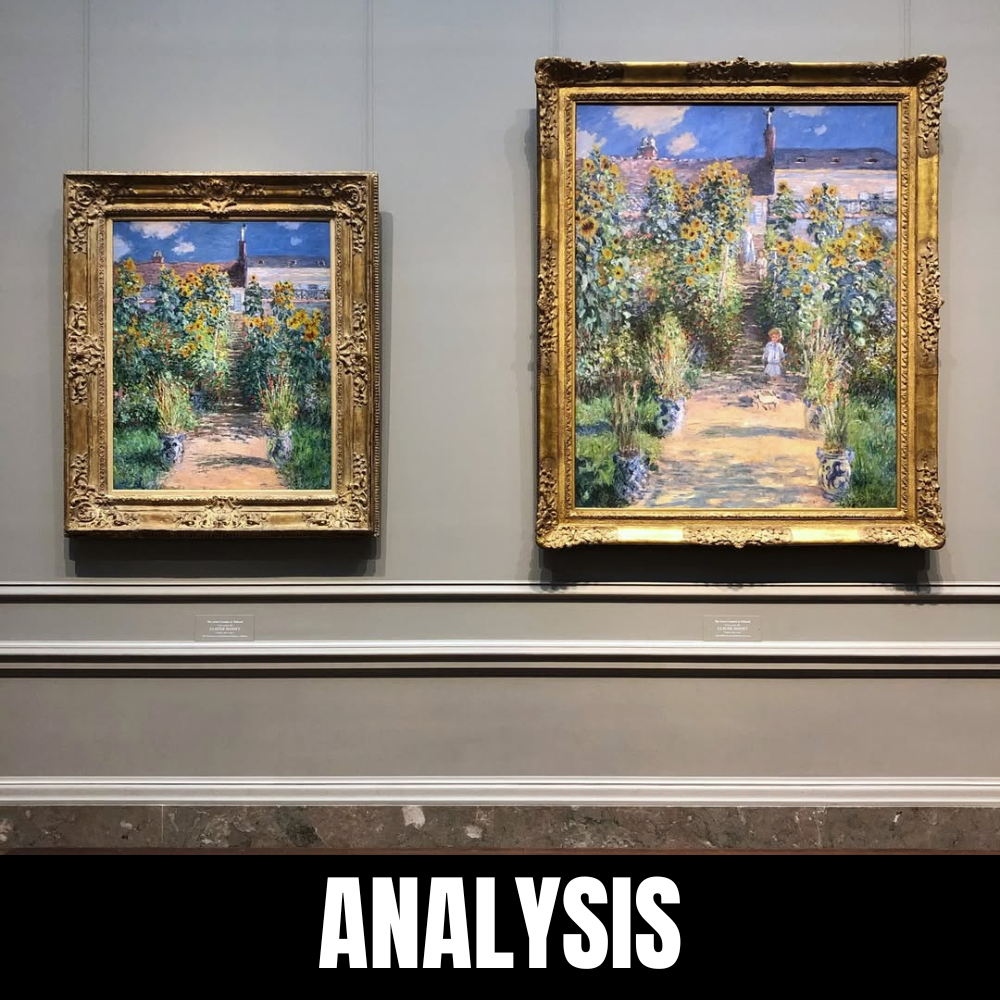
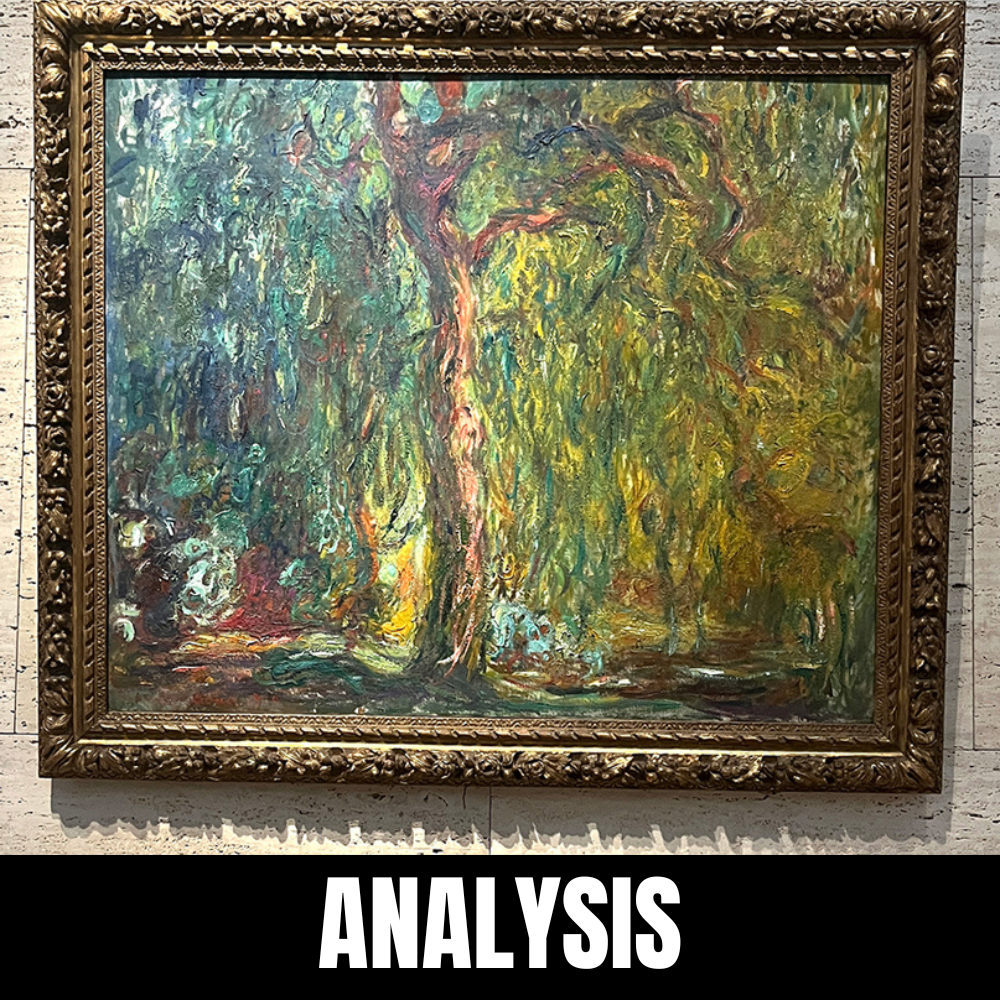
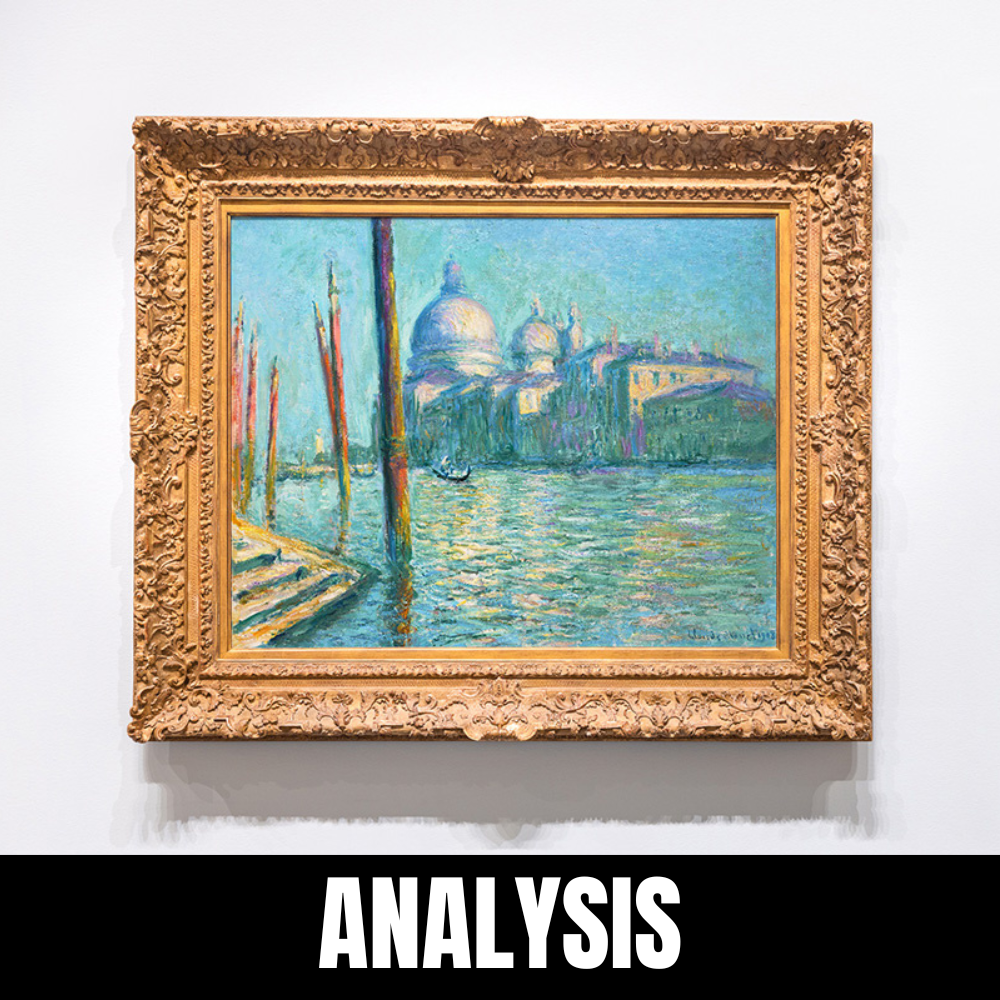
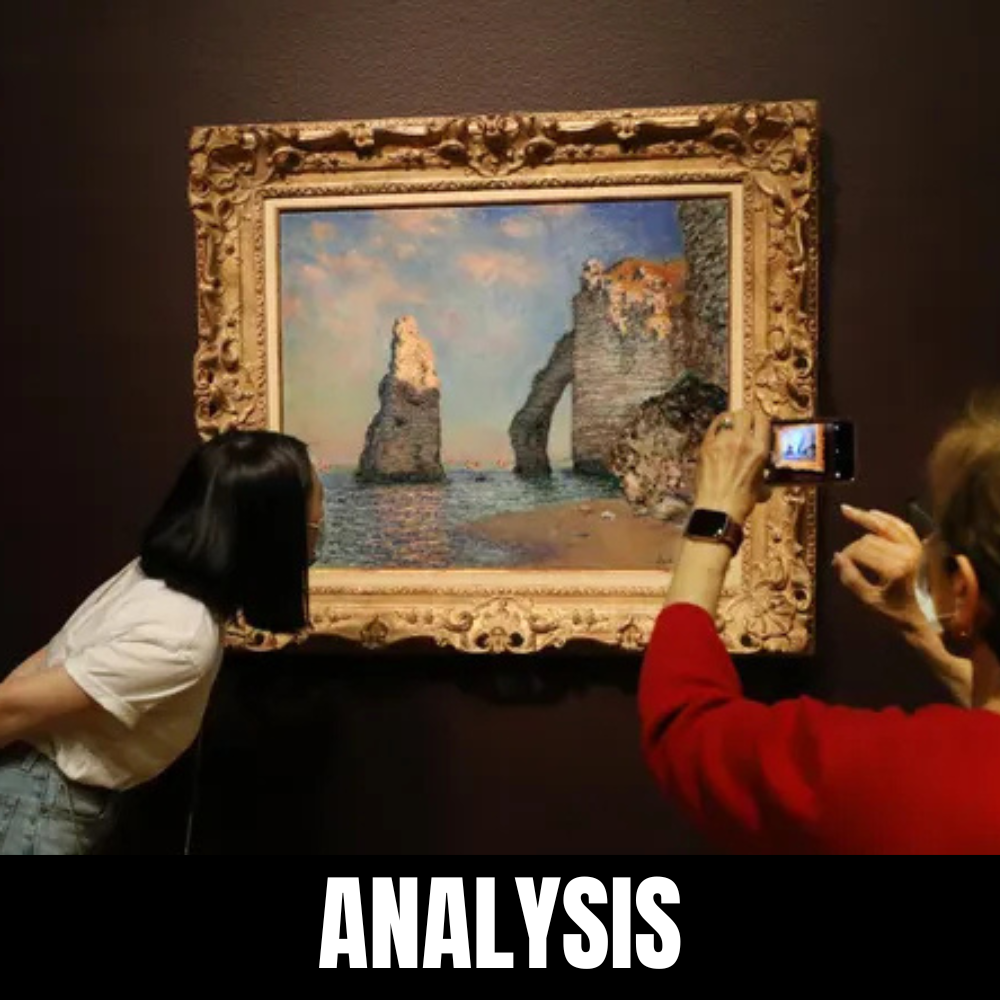
Leave a Reply